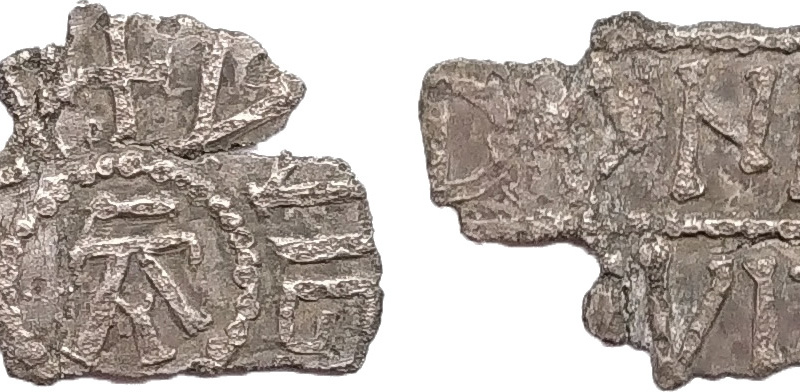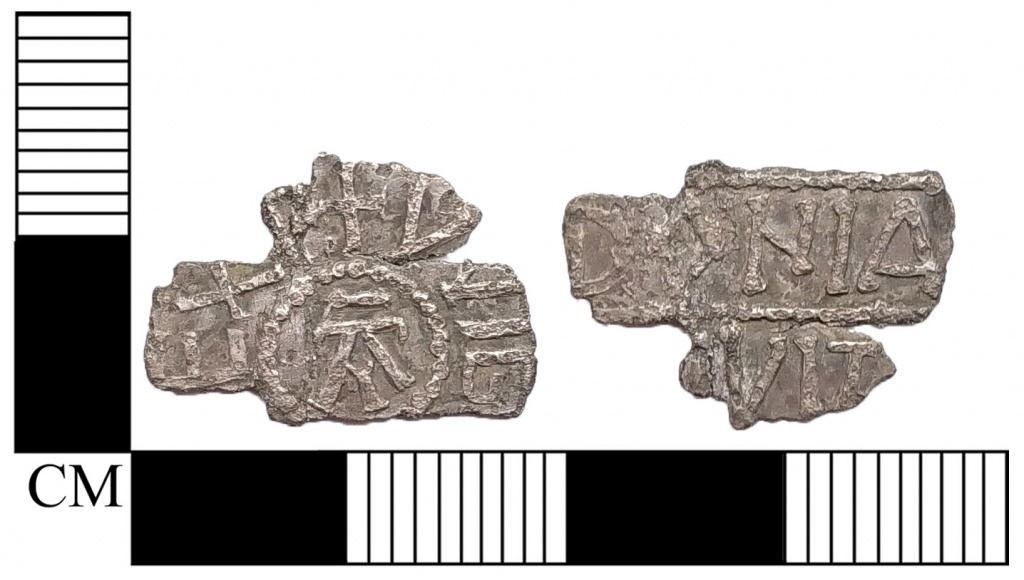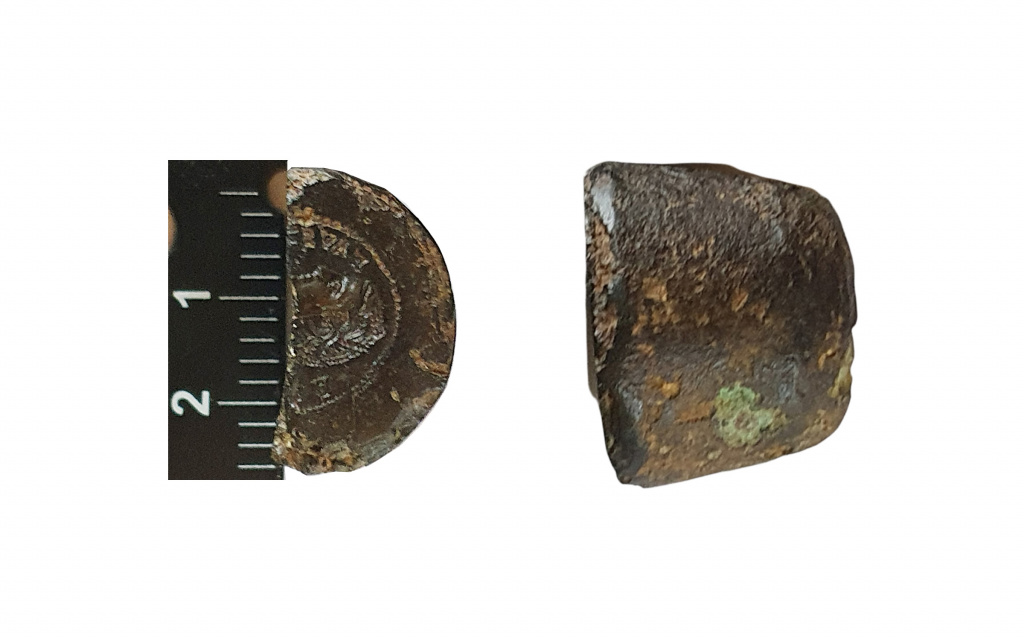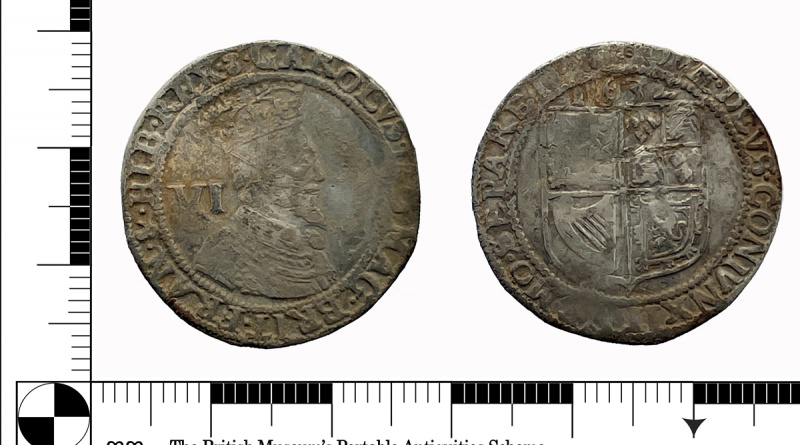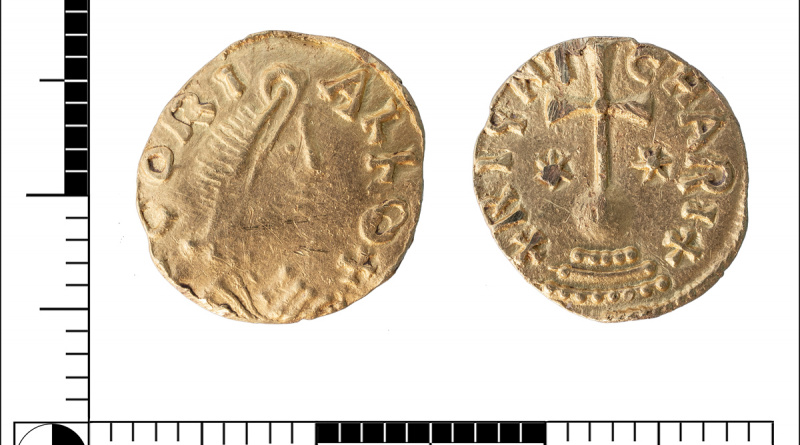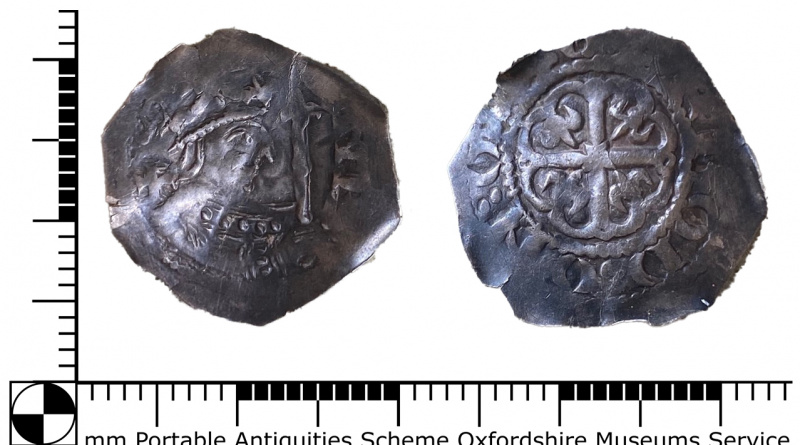PAS 2021 year end review: coins
PAS 2021 year end review: coins
The period around Christmas and New Year is a quiet time for recording finds at the PAS. I’ve been back through the finds recorded during the year as some will not have been picked up in my weekly review as the images were not available at the time.
This week I’ll focus on coins and next week on artefacts. Two of the coins are of National Importance.
Featured Find
Penny of Wiglaf of Mercia
A penny of Wiglaf of Merica who reigned from AD 827 – 829 and AD 830 – 840. The obverse inscription starts VVIG for Wiglaf. The reverse is similar to Ecgberht of Wessex’s “Lundonia” type. This find changes the previous thinking that this reverse type was introduced by Ecgberht following his short-lived takeover of London in the late 820s. Instead, this find suggests that the reverse type began with Wiglaf. As such it has been designated a Find of Note: National Importance.
Die for denarius of Diva Faustina Senior
Half a die matrix for commemorative coins of Diva Faustina (c. AD 141 – 161) . Coins were struck for her during the reign of her husband, Antoninus Pius.
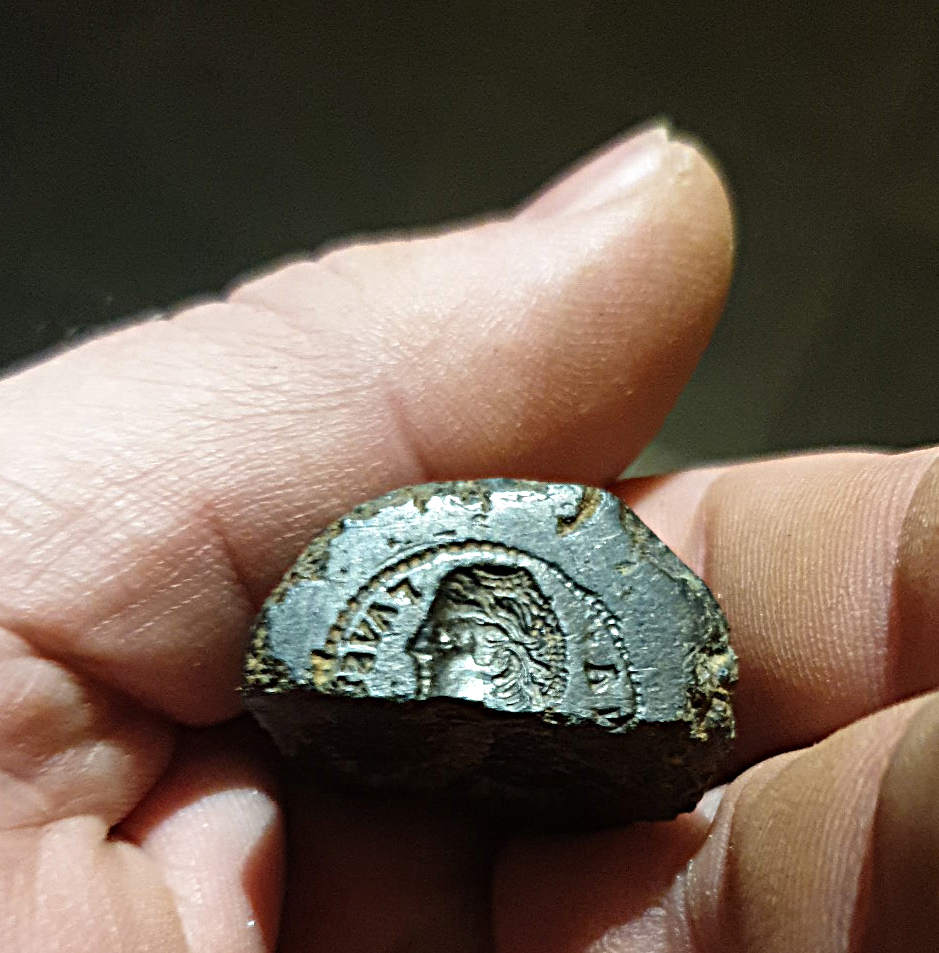
Photo: PAS CC By SA2.0
The diameter of the die between the beading is 19 mm, which indicates that it was intended for the production of silver denarii. The legend would have been [DI]VA FAVST[INA].
The irregular beading around the coin and the likelihood of an official die travelling from the mint in Rome, indicate that this was a die to produce forgeries. It appears to have been deliberately broken with a chisel. Only one other definite Roman coin die is recorded on the PAS database. That too was for forgeries and from the same period as this die. This find has been designated a Find of Note; National Importance.

